What Does ISO Mean on Containers?
When you see shipping containers, a term that frequently comes up is “ISO.” This acronym stands for the International Organization for Standardization, an international body responsible for setting global standards for various industries and products, including shipping containers. These standards ensure that shipping containers can be used universally, regardless of the country or company involved in their production or use. In this article, we’ll explore what ISO means for containers, why these standards are important, and how they impact global trade and logistics.
1. Understanding ISO
The International Organization for Standardization, commonly referred to as ISO, was established in 1947 to facilitate global trade by setting international standards for various industries. ISO’s role is to create standards that ensure quality, safety, efficiency, and compatibility across different industries and products. The organization is composed of national standards bodies from 167 countries, and its work is crucial in ensuring that products, services, and systems work harmoniously on a global scale.
When it comes to shipping containers, ISO standards dictate the specifications that ensure containers are safe, reliable, and compatible with transportation systems worldwide. Containers are used for the storage, transportation, and handling of goods in maritime, rail, and road transport, and ISO standards make sure that they are universally accepted and can be easily transported across these different modes of transport.
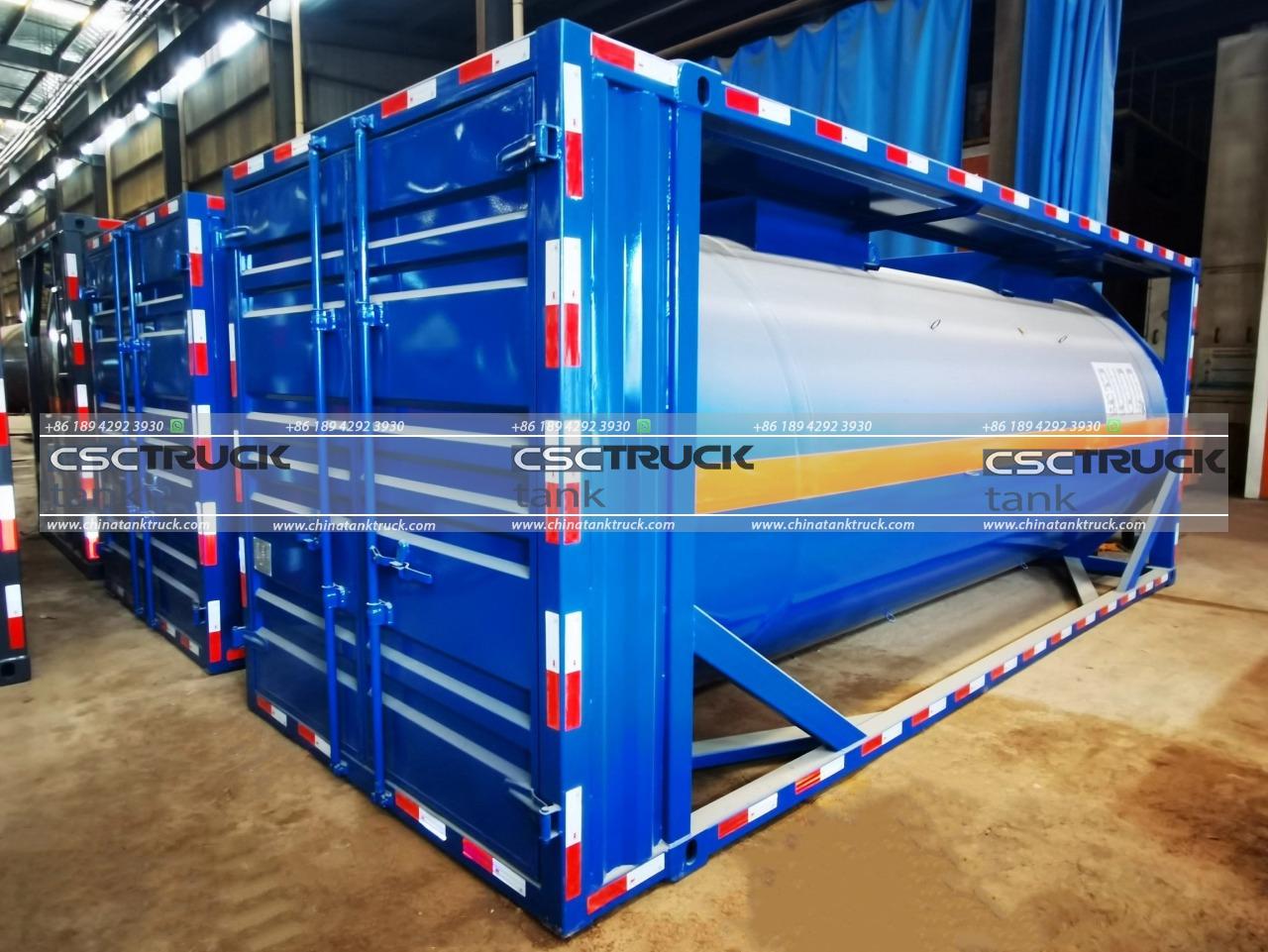
2. ISO Standards for Shipping Containers
ISO standards for shipping containers focus on a range of specifications, including size, weight, structural integrity, and durability. These standards are formalized in the ISO 668 standard, which was first developed in 1968. ISO 668 standardizes the external dimensions and corner fittings of containers used in international freight. This ensures that containers can be easily stacked and transported, regardless of where they were manufactured or which shipping line is using them.
2.1 Container Sizes
One of the most critical aspects of ISO standards is the uniform sizing of containers. The most common ISO container sizes are:
– 20-foot container: Also known as a TEU (Twenty-foot Equivalent Unit), this container measures 20 feet in length, 8 feet in width, and 8.5 feet in height. It has a standard maximum gross weight of 24,000 kilograms (52,900 lbs).
– 40-foot container: Known as an FEU (Forty-foot Equivalent Unit), this container measures 40 feet in length, 8 feet in width, and 8.5 feet in height. It has a standard maximum gross weight of 30,480 kilograms (67,200 lbs).
These dimensions are standardized to ensure that containers can be loaded, stacked, and transported seamlessly across ships, trains, and trucks. There are also variations, such as high-cube containers, which have a height of 9.5 feet, allowing for greater cargo volume.
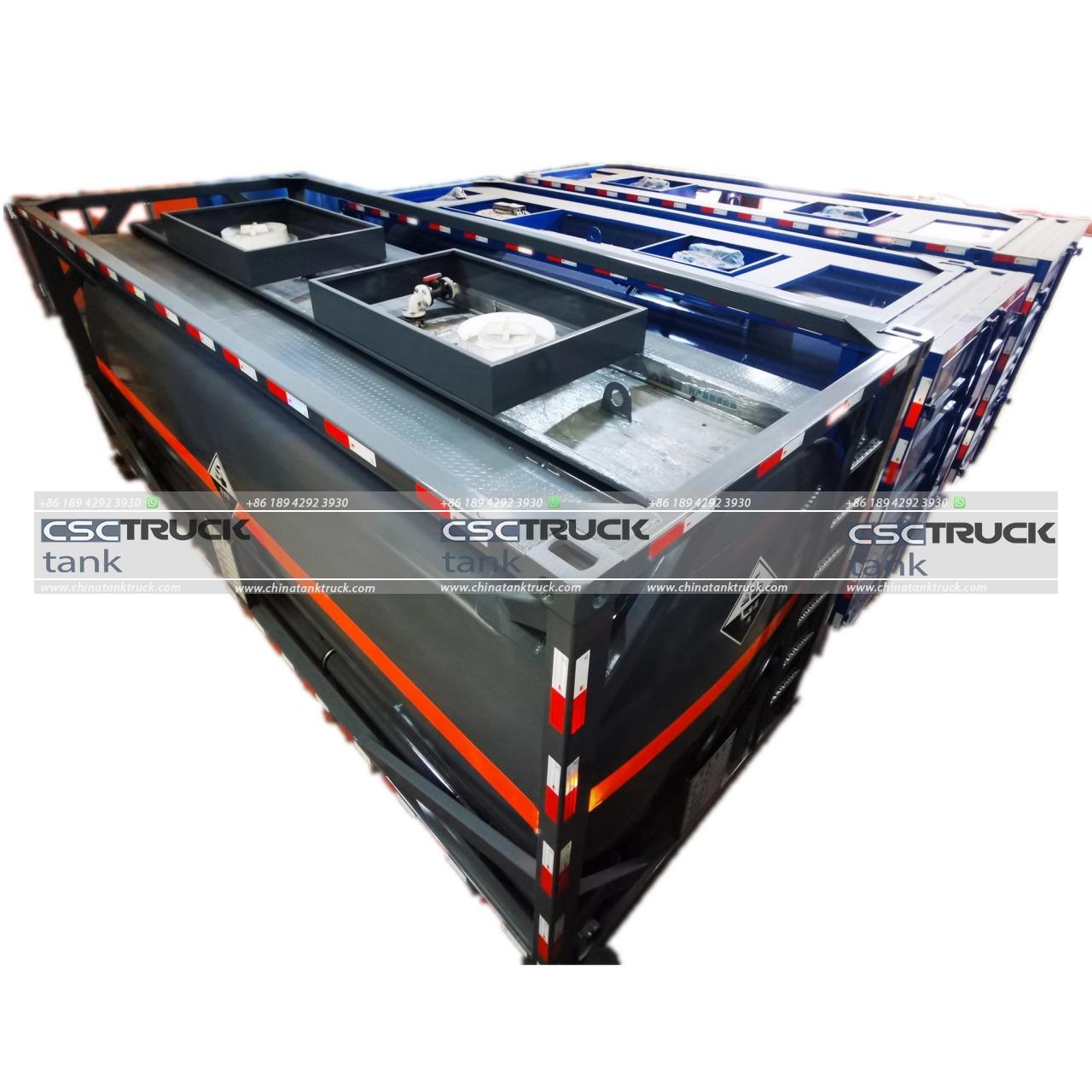
2.2 Corner Fittings
Another essential aspect of ISO containers is the corner fittings. These corner castings are designed to fit onto specialized locking devices called twist locks, used in ships, trucks, and trains to secure the container during transit. The standardization of corner fittings ensures that any container can be securely fastened and stacked on top of another, regardless of the manufacturer or origin of the container. This is crucial for container ships, where containers are stacked in tiers and secured tightly to avoid movement during ocean voyages.
2.3 Structural Integrity and Durability
ISO standards also ensure that shipping containers are built to withstand the stresses of long-distance transportation. Containers need to be able to endure harsh conditions, including heavy handling, stacking, and exposure to the elements such as saltwater, wind, and extreme temperatures.
ISO 1496 is the standard that governs the performance requirements of containers. This standard specifies the testing requirements for containers, ensuring they are capable of withstanding the physical stresses encountered during loading, unloading, and transportation. For example, containers must be able to bear loads from multiple containers stacked on top of them without collapsing. They also need to be watertight and resistant to corrosion to protect the cargo inside.
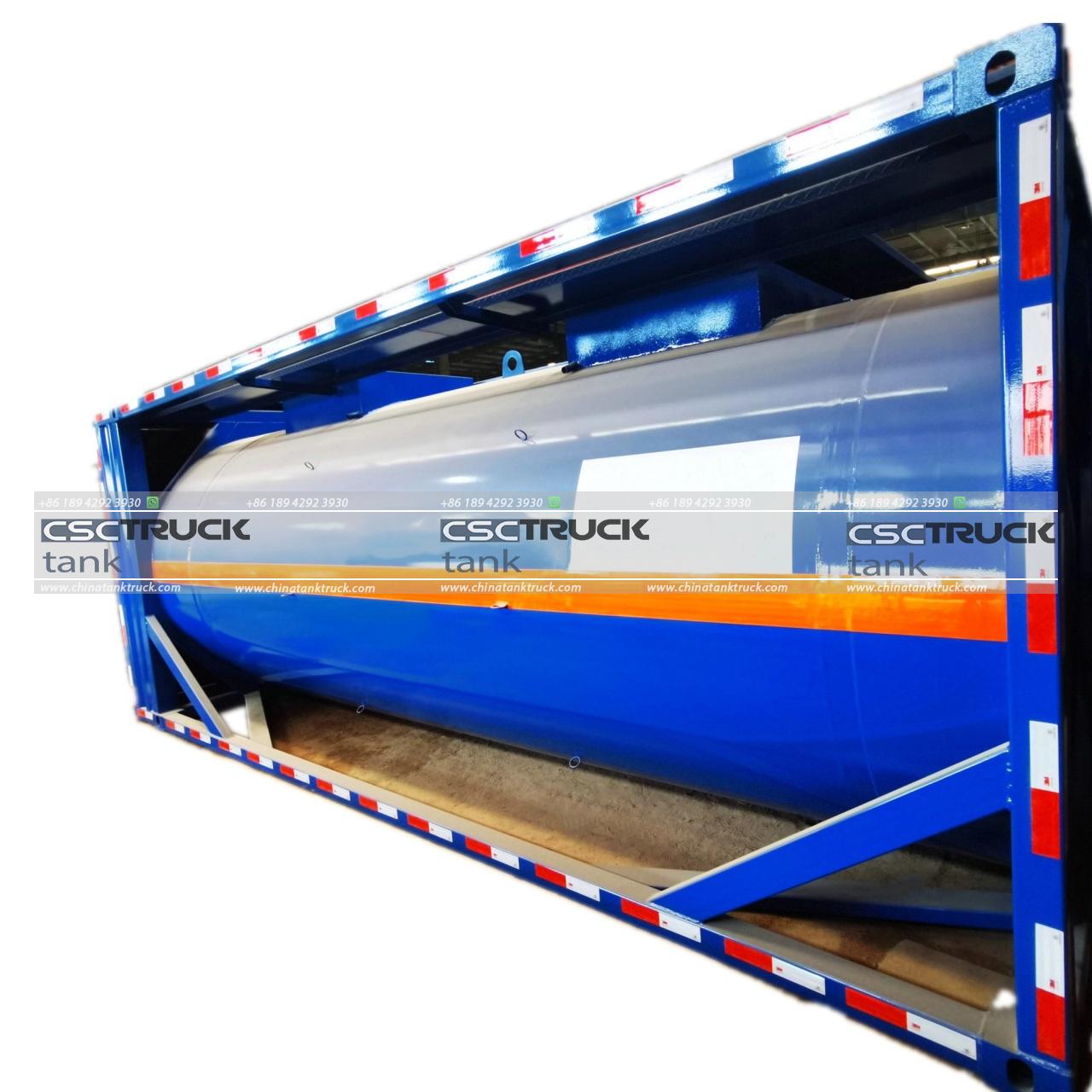
2.4 Identification Codes
ISO standards dictate how containers should be marked with identification codes to ensure easy tracking and handling. ISO 6346 is the standard that defines the coding system used to identify containers. Every ISO-compliant container is marked with a unique alphanumeric code known as the container number, which consists of 4 letters (the owner code) followed by 6 digits (the serial number) and a check digit. This unique code helps track the container as it moves through different modes of transport and across borders.
3. Importance of ISO Standards in Global Trade
ISO standards for containers play a pivotal role in enabling the smooth functioning of global trade. Without these standards, international shipping would be chaotic and inefficient. Here are some reasons why ISO standards are crucial:
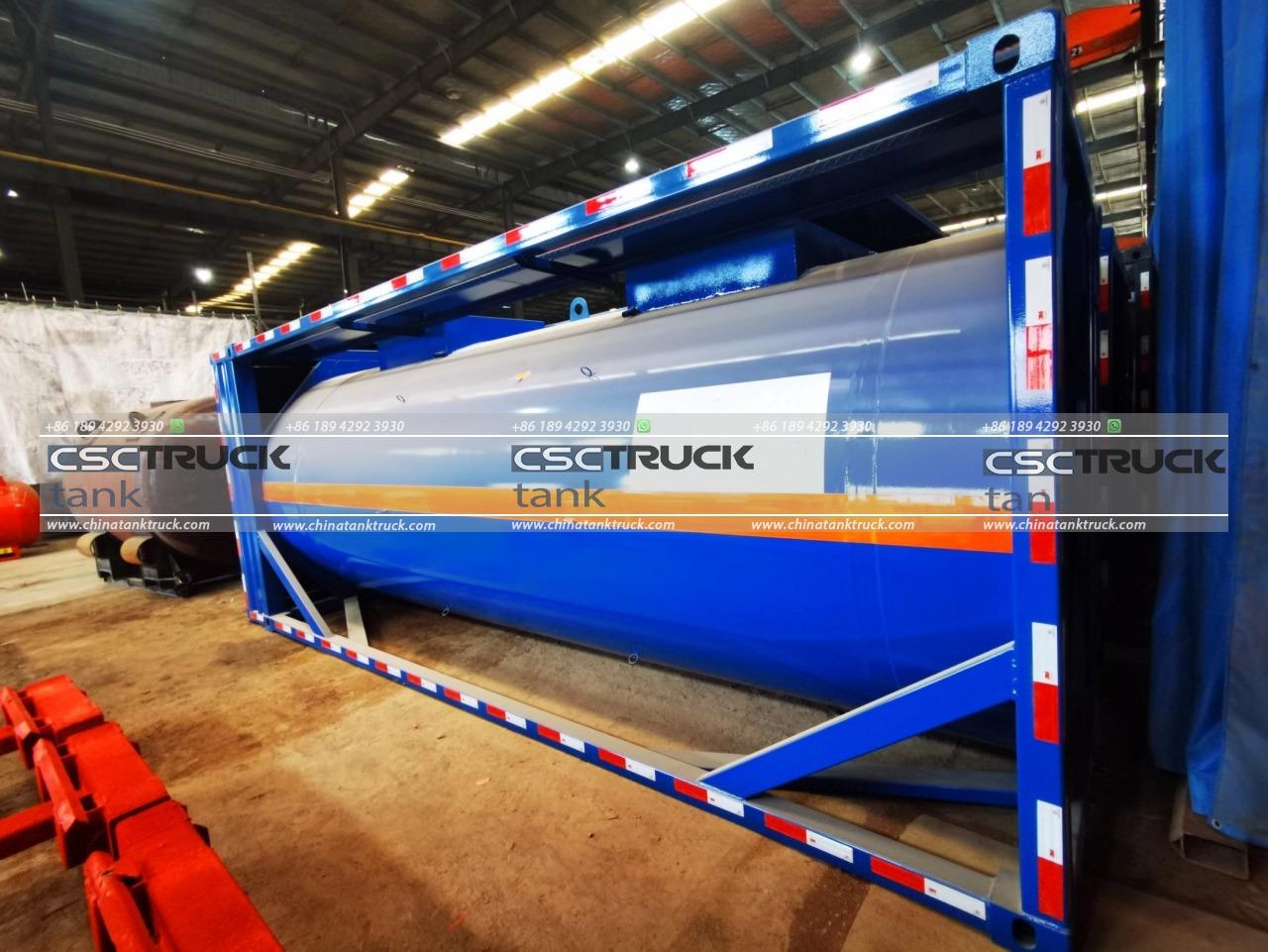
3.1 Intermodal Transport Efficiency
One of the key advantages of ISO containers is their ability to be easily transferred between different modes of transport—such as ships, trucks, and trains—without the need to unload and reload the cargo. This is known as intermodal transport, and it relies heavily on the standardization of container dimensions and fittings.
Thanks to ISO standards, a container can be loaded onto a ship in China, transferred to a train in the United States, and then delivered to its final destination by truck, all without needing to open the container or repack the cargo. This saves time and reduces the risk of damage or loss during transit.
3.2 Global Compatibility
ISO container standards ensure that containers are compatible with transportation infrastructure around the world. Ports, cranes, trucks, and trains are all designed to handle ISO-compliant containers, meaning that containers from different countries or shipping lines can be seamlessly integrated into existing systems. This compatibility is crucial for the efficient movement of goods across borders and continents.
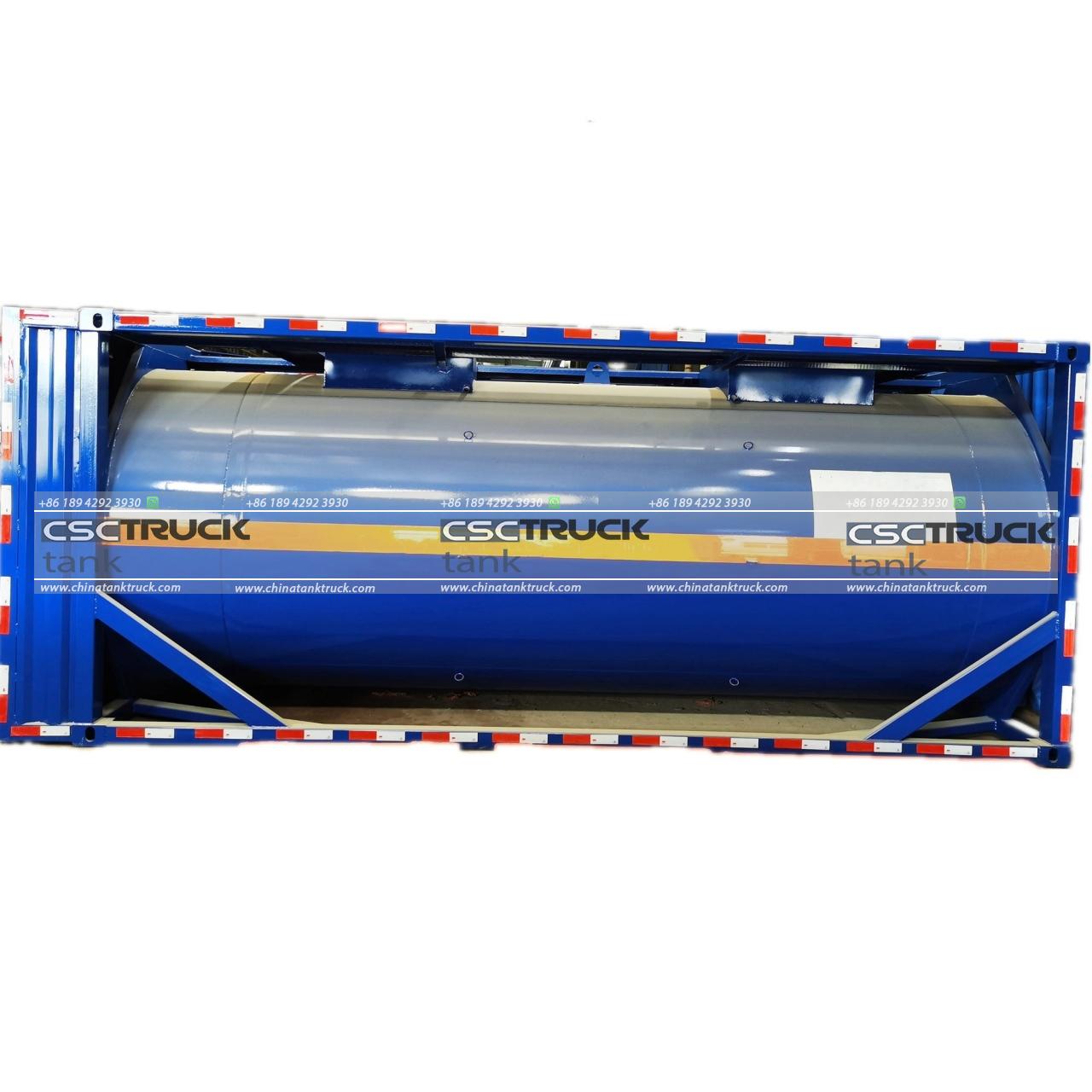
3.3 Safety and Reliability
Shipping containers that comply with ISO standards are subjected to rigorous testing to ensure they meet stringent safety requirements. This is essential for protecting both the cargo inside the container and the people handling it. Containers need to be strong enough to withstand rough seas, heavy lifting, and stacking without collapsing or causing accidents.
By adhering to ISO standards, container manufacturers ensure that their products are safe and reliable, reducing the risk of accidents and improving the overall efficiency of the global supply chain.
4. Conclusion
ISO standards have transformed global shipping, enabling the seamless movement of goods across borders and continents. When we talk about ISO containers, we’re referring to containers that meet the rigorous international standards set by the International Organization for Standardization. These standards cover everything from the dimensions and corner fittings of containers to their structural integrity and identification codes. By ensuring that containers are compatible with different modes of transport and infrastructure, ISO standards have made global trade more efficient, safe, and reliable.
In summary, ISO standards for shipping containers are the foundation of modern global logistics. They ensure that containers can be easily transported between ships, trains, and trucks, that they are durable and safe, and that they can be tracked and identified anywhere in the world. Without ISO standards, the global supply chain as we know it would be far less efficient and more prone to delays, damage, and accidents.

